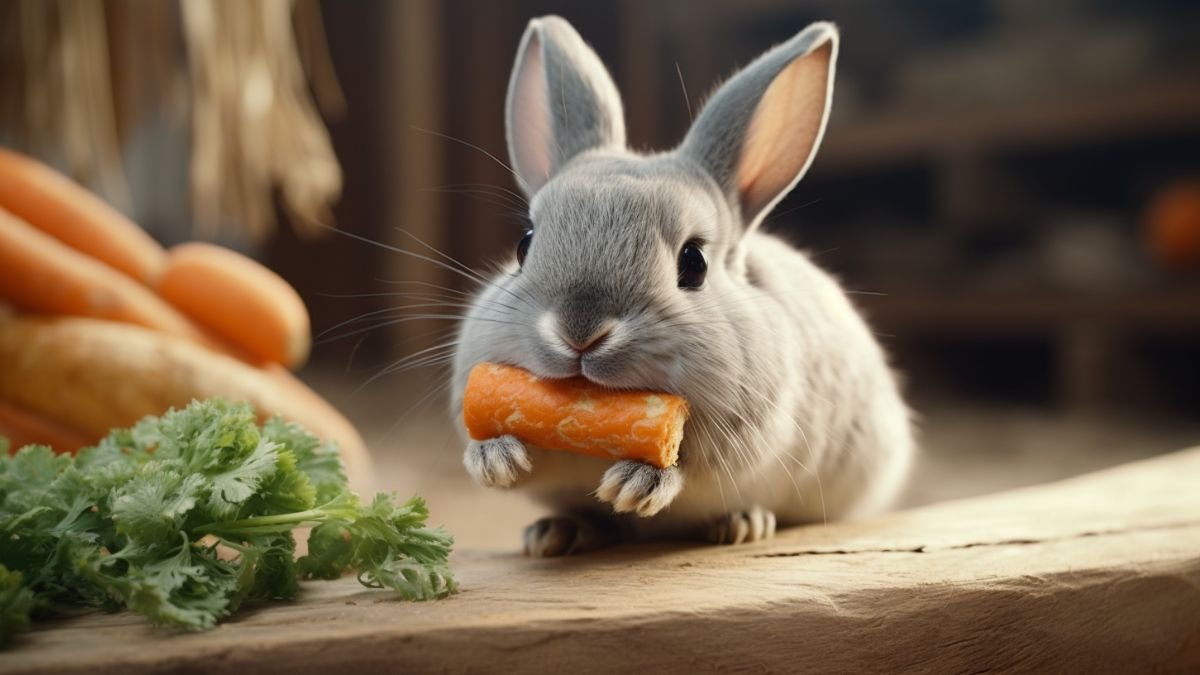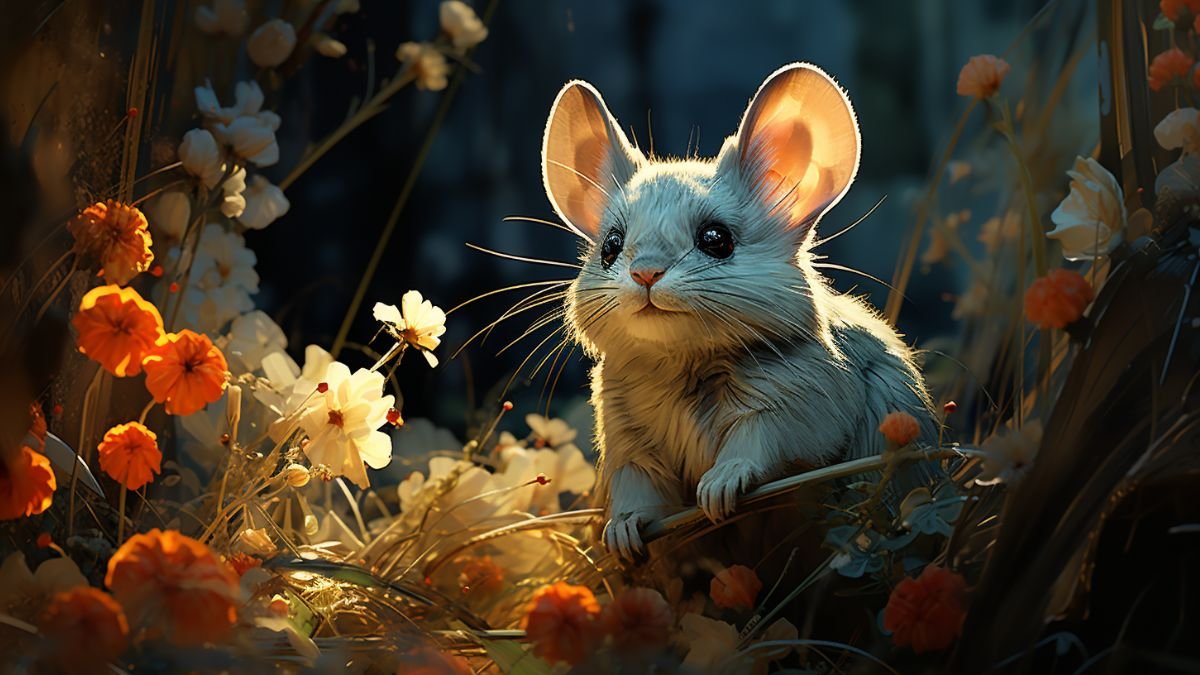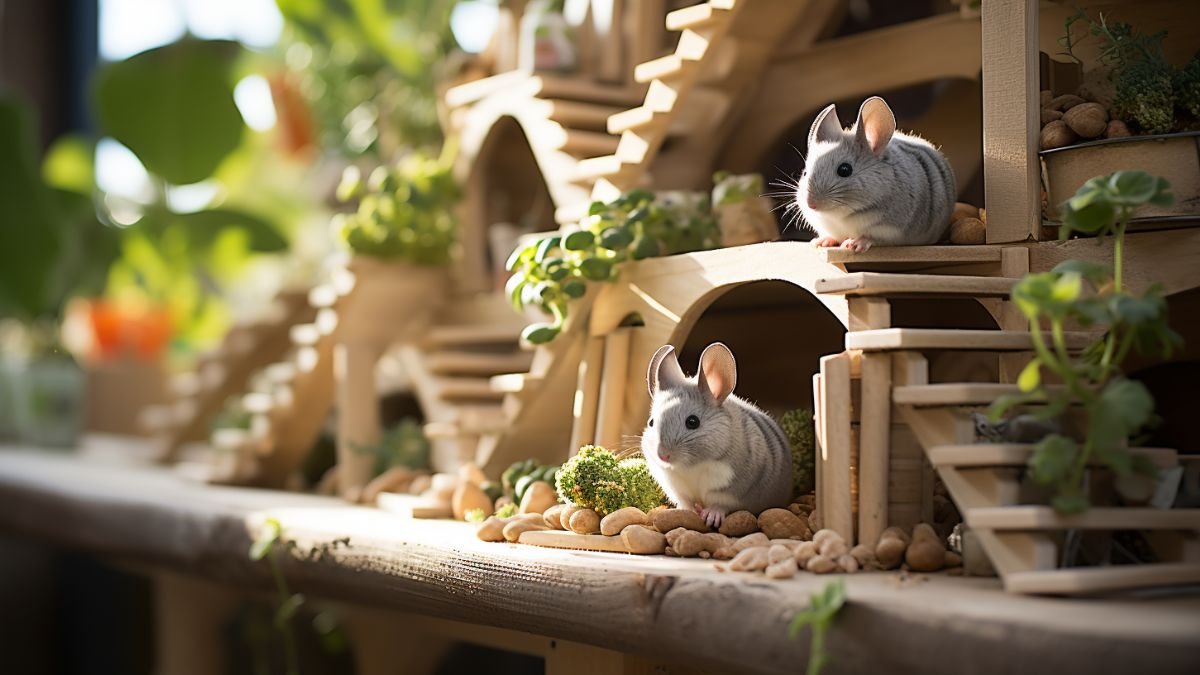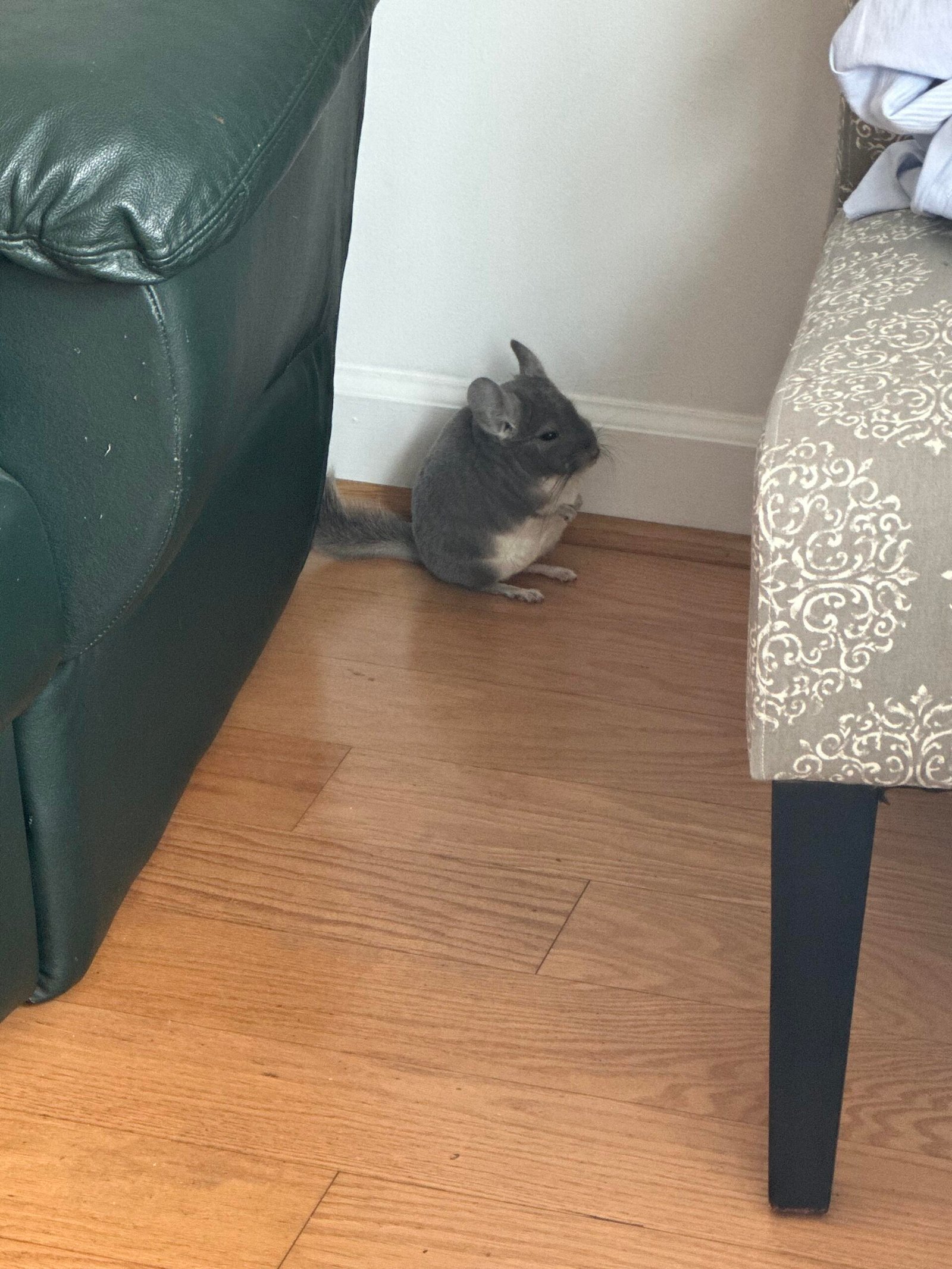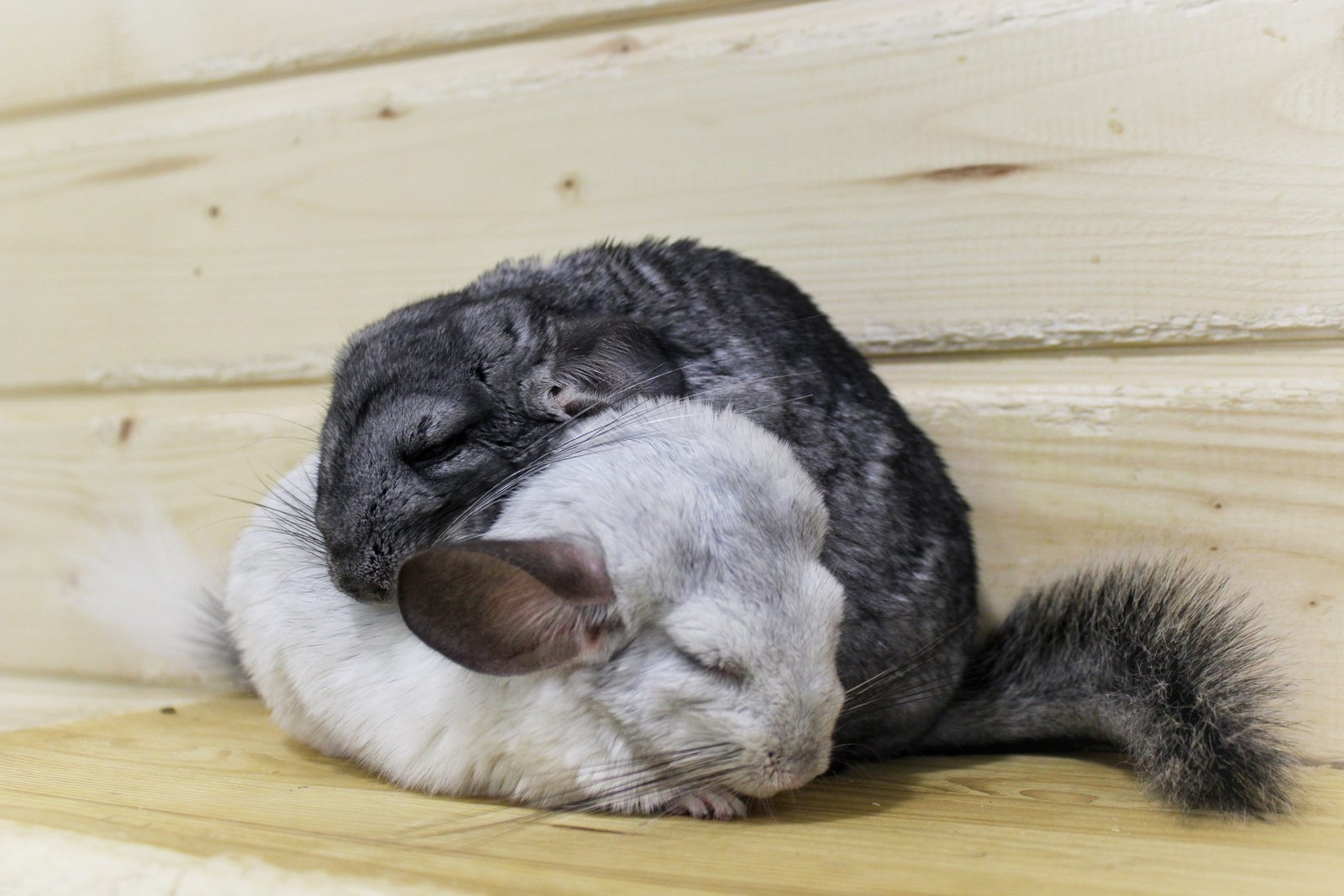
If you have two chinchillas, you probably want them to be happy and get along well. But bonding chinchillas isn’t always easy.
You might wonder how to bring them together without stress or fights. This guide will show you simple, effective steps to help your chinchillas become friends. By the end, you’ll know exactly what to do to create a peaceful, loving home for your furry pets.
Keep reading to discover the secrets of successful chinchilla bonding!

Credit: qualitycage.com
Choosing Compatible Chinchillas
Choosing compatible chinchillas is the first step to a peaceful bond. Not all chinchillas get along well. Their personalities and ages play a big role. Picking the right pair helps avoid fights and stress.
It is best to choose chinchillas that have similar energy levels. Calm chinchillas might not match well with very active ones. Also, their temperaments matter. Friendly chinchillas tend to form bonds easier than shy or aggressive ones.
Consider Age And Gender
Young chinchillas often adjust better to new friends. Older chinchillas can be set in their ways. Male and female pairs often bond more easily. Two males may fight more. Two females usually get along if introduced carefully.
Observe Personality Traits
Watch how each chinchilla behaves. Friendly, curious chinchillas make good companions. Avoid pairing a very shy chinchilla with a bold one. Similar personalities usually reduce conflicts and stress.
Health And Background Matter
Healthy chinchillas are better candidates for bonding. Sick or weak chinchillas may cause problems. Knowing their past helps too. Chinchillas from stressful situations might need more time to adapt.
Preparing A Neutral Bonding Space
Creating the right space is key to bonding two chinchillas. A neutral area helps reduce stress and prevent fights.
This space should be new to both chinchillas. Neither one should claim it as their own territory.
The goal is to make both chinchillas feel safe and curious. A calm environment encourages gentle interactions.
Choose A Quiet Room
Pick a room with little noise and few distractions. Loud sounds can scare chinchillas easily.
Ensure the room is away from other pets or busy areas. Calm surroundings help chinchillas relax faster.
Remove Personal Items
Clear out toys, bedding, and food bowls from both chinchillas. Personal scents can cause territorial behavior.
Use new or neutral items that neither chinchilla has smelled before. This makes the space feel fair to both.
Provide Hiding Spots
Add small boxes or tunnels as hiding places. Chinchillas feel safer with spots to retreat.
Hiding spots reduce stress and help chinchillas explore at their own pace. They encourage calm and trust.
Keep The Space Clean
Clean the bonding area thoroughly before each session. Remove any strong smells from previous visits.
A fresh, odor-free space prevents fights over scent marks. It keeps the environment neutral and inviting.
Introducing Scent Swapping Techniques
Scent swapping helps chinchillas get used to each other’s smell before meeting. This method can reduce stress and build trust between them. It’s a gentle way to start their friendship safely.
What Is Scent Swapping?
Scent swapping is a gentle way to help chinchillas get used to each other’s smell. Chinchillas rely on scent to recognize friends and foes. By sharing scents, they start feeling more comfortable together. This method lowers stress and helps with bonding.
How To Collect And Swap Scents
Use a soft cloth or towel to gently rub one chinchilla’s fur. Focus on areas they cannot reach, like the back or sides. Avoid rubbing too hard to prevent stress. Place the cloth near the other chinchilla’s cage. Let them sniff and explore the new scent safely. Swap cloths every day to keep the scents fresh.
When To Use Scent Swapping
Start scent swapping before any face-to-face meetings. This helps both chinchillas accept each other’s presence. Use it daily for at least one week. Watch for signs of curiosity or calm behavior. If either chinchilla shows stress, pause and try again later.

Credit: qualitycage.com
Supervised Initial Meetings
Supervised initial meetings are the first step to bond two chinchillas safely. These meetings help the chinchillas get used to each other’s presence. Careful watching is important to stop any fights early.
Start with short meetings in a neutral space. This space should not belong to either chinchilla. It lowers stress and stops territorial behavior.
Choose A Neutral Meeting Space
Pick a quiet room that neither chinchilla uses often. Remove toys or bedding from the space. This prevents guarding of items. Keep the area clean and safe for both pets.
Keep Meetings Short
Begin with sessions lasting only a few minutes. Watch their body language closely. Look for signs of curiosity or fear. End the meeting if you see aggression.
Use Treats To Encourage Calm
Offer small treats during the meeting. This builds positive feelings about each other. Give treats only when both chinchillas stay calm. Avoid feeding too much to keep them healthy.
Observe Body Language Carefully
Chinchillas use body language to show mood. Look for relaxed posture and gentle sniffing. Watch out for teeth chattering or lunging. Stop the meeting if signs of stress appear.
Increase Meeting Time Gradually
Make meetings longer as chinchillas get comfortable. Add more time only if they stay calm. Repeat sessions daily for best results. Patience helps build a strong bond.
Recognizing Positive And Negative Behaviors
Recognizing positive and negative behaviors is key to bonding two chinchillas successfully. Understanding their actions helps create a safe and calm environment. It also reduces stress and prevents fights. Observing their body language and sounds reveals how they feel about each other.
Chinchillas show clear signs when they are happy or upset. Knowing these signs guides your decisions during the bonding process. It helps you step in at the right moment. Your goal is to encourage good behavior and stop bad actions early.
Positive Behaviors To Watch For
Friendly chinchillas often groom each other. This shows trust and acceptance. They may sit close without tension. Quiet, gentle movements mean they feel safe. Playful chasing without biting is a good sign. Soft noises, like chirps or squeaks, show comfort.
Negative Behaviors To Avoid
Warning signs include biting and loud squealing. Aggressive chasing with teeth bared is serious. Raised fur or stiff body shows fear or anger. Constant fighting can cause injury. Avoid situations where one chinchilla hides or freezes. These signs mean bonding needs more time.
How To Respond To Behaviors
Encourage grooming and calm sitting. Reward positive actions with treats or gentle petting. Separate chinchillas if fights start. Give them space to calm down. Repeat short bonding sessions often. Patience and attention to behavior improve bonding success.
Gradual Increase Of Interaction Time
Introducing two chinchillas to each other takes time and patience. Gradually increasing their interaction time helps them get used to one another. It reduces stress and builds trust between them. Rushing the process can cause fights or fear. Slow and steady progress makes bonding easier and safer.
Start With Short Supervised Sessions
Begin by letting the chinchillas meet for just a few minutes. Always watch them closely. This keeps them safe and lets you see their behavior. If they stay calm, you can slowly add more time. Short sessions help them feel less scared.
Increase Time Based On Comfort Levels
Watch how your chinchillas react during each meeting. If they seem relaxed, add a few more minutes next time. Stop increasing time if they show signs of stress. Let them take breaks and calm down. Respect their pace for better bonding results.
Use Neutral Space For Interaction
Choose a new area for their meetings, not their usual cages. Neutral space stops territorial fights. It helps chinchillas feel less threatened. Keep the area clean and quiet. A calm setting encourages positive interactions and trust building.
Handling Aggression Safely
Handling aggression safely is key to bonding two chinchillas. Aggression can happen as they adjust to each other. Knowing how to respond helps keep both chinchillas calm and safe.
Patience and gentle care reduce stress during this time. Understanding chinchilla body language helps identify signs of aggression early. Act quickly but calmly to prevent fights from escalating.
Recognize Early Signs Of Aggression
Look for stiff posture, raised fur, and loud noises. These signs mean your chinchillas feel threatened or angry. Watch their ears and eyes closely for tension. Spotting these early stops fights before they start.
Separate Safely Without Stress
Use a soft cloth or towel to gently separate chinchillas. Avoid grabbing them roughly to prevent injury. Place each chinchilla in a calm, quiet space. Give them time to cool down before trying again.
Use Neutral Territory For Introductions
Introduce chinchillas in a new, neutral space. This helps reduce territorial aggression. Keep sessions short and calm. Always supervise closely to stop any aggressive behavior fast.
Offer Treats To Build Positive Associations
Give treats during calm moments near each other. This helps chinchillas link each other’s presence with good things. Use small, healthy treats to encourage peaceful behavior.
Know When To Seek Expert Help
Persistent or severe aggression needs advice from a vet or animal behaviorist. Professionals can guide safe bonding steps. Never force chinchillas together if they show strong hostility.
Providing Shared Resources
Providing shared resources is important for bonding two chinchillas. Sharing food, toys, and space helps them get used to each other. It reduces stress and encourages friendly behavior. Both chinchillas learn to share and feel safe together.
Offering the same resources also prevents fights over items. When they see they have enough, they relax. This step supports trust and cooperation between the two pets. It makes the bonding process smoother and faster.
Sharing Food And Water Bowls
Place food and water bowls where both chinchillas can reach them. Use separate bowls at first to avoid competition. Slowly move the bowls closer over time. This shows them they can eat side by side without problems.
Offer the same type of food to both chinchillas. This helps reduce jealousy or guarding behavior. Keep the bowls clean and full to avoid stress. Regular feeding times also help them feel secure.
Providing Common Toys And Chew Items
Choose toys that both chinchillas like to play with. Place these toys in shared spaces. Toys encourage positive interaction and play between chinchillas. Chew items help keep their teeth healthy and reduce boredom.
Rotate toys to keep things interesting. Watch for signs of sharing or guarding. Praise calm and friendly behavior around toys. This builds good habits and friendship.
Creating Shared Living Spaces
Set up a cage or play area that both chinchillas can use. Make sure the space is large enough for two. Include hiding spots so each chinchilla can have privacy if needed. This helps reduce stress and conflict.
Arrange sleeping areas close but separate at first. Over time, chinchillas may choose to sleep near each other. A shared space encourages bonding through sight, smell, and touch.
Maintaining Long-term Harmony
Keeping two chinchillas happy together takes work after they bond. Peace in their home depends on daily care and attention. It means watching their behavior closely and making changes when needed. Small efforts can stop fights and keep them close.
Chinchillas need a calm space and steady routine. This helps them feel safe and less stressed. When they trust their environment, they enjoy each other’s company more.
Provide Separate Food And Water Bowls
Give each chinchilla its own food and water bowls. This prevents fights over resources. Clean the bowls every day to keep germs away. Fresh food and water keep them healthy and calm.
Offer Plenty Of Toys And Hiding Spots
Chinchillas like to play and hide. Toys and shelters stop boredom and reduce tension. Spread toys around the cage for both to share. This lowers competition and keeps them busy.
Monitor Their Behavior Daily
Watch how your chinchillas act every day. Look for signs of stress or fighting. If you see aggression, separate them for a short time. Give them space to cool down before reuniting.
Keep Their Cage Clean And Comfortable
Clean the cage often to avoid bad smells. A fresh cage helps chinchillas feel safe. Use soft bedding and change it regularly. Comfort makes them less likely to fight.
Give Them Equal Attention
Spend time with both chinchillas each day. Pet and talk to them gently. Equal care stops jealousy and builds trust. Happy chinchillas get along better over time.

Credit: www.reddit.com
Frequently Asked Questions
How Long Does It Take To Bond Two Chinchillas?
Bonding can take days to weeks, depending on their personalities and patience.
What Is The Best Way To Introduce Chinchillas?
Start with separate cages, then allow supervised short meetings in neutral space.
Can Two Male Chinchillas Live Together Peacefully?
Yes, but males may fight; slow, careful bonding is essential for success.
Should Chinchillas Be Bonded At A Young Age?
Younger chinchillas often bond more easily than older ones, but it varies.
How Do I Know If Chinchillas Are Bonding Well?
Look for gentle grooming, playing, and resting near each other without aggression.
What Are Common Signs Of Chinchilla Aggression?
Biting, lunging, and loud noises mean they need more bonding time or space.
Can Bonded Chinchillas Be Separated Later?
Separation can cause stress; keep them together once bonded to avoid issues.
How Important Is Cage Size For Bonding Chinchillas?
A large, neutral cage helps reduce stress and encourages positive interactions.
Conclusion
Bonding two chinchillas takes time and patience. Start slowly and watch their behavior closely. Give them space to get used to each other. Keep interactions short and positive at first. Provide treats to encourage friendly feelings. Avoid forcing them to be together too soon.
Over time, trust will grow between the two. A calm and quiet environment helps bonding succeed. Remember, every chinchilla is different and moves at its own pace. Stay consistent and gentle throughout the process. Soon, your chinchillas can become good friends.

